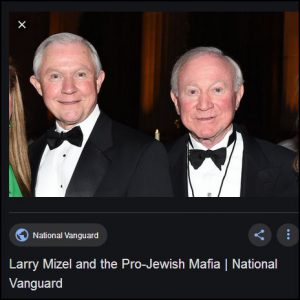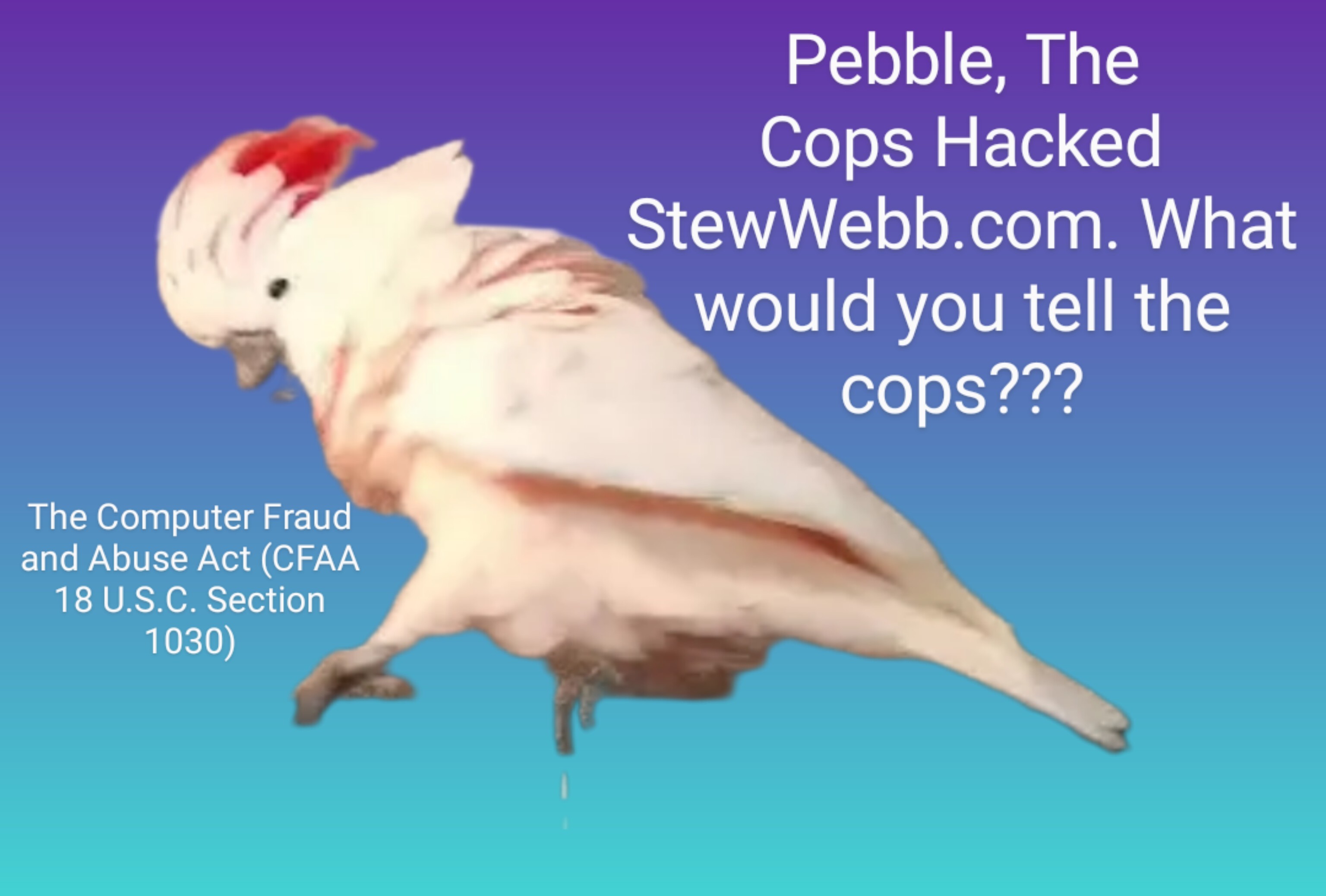William Binney (intelligence official)
https://en.wikipedia.org/wiki/William_Binney_(intelligence_official)
From Wikipedia, the free encyclopedia
Jump to navigation Jump to search
| William Binney | |
| Binney at the Congress on Privacy & Surveillance (2013) of the École polytechnique fédérale de Lausanne (EPFL) | |
| Born | William Edward Binney
September 1943 (age 78) Pennsylvania, U.S. |
| Education | Pennsylvania State University (B.S., 1970) |
| Occupation | Cryptanalyst-mathematician |
| Employer | National Security Agency (NSA) |
| Known for | Cryptography, SIGINT analysis, whistleblowing |
| Awards | |
| Signature | |
William Edward Binney[4] is a former intelligence official with the United States National Security Agency (NSA)[5] and whistleblower. He retired on October 31, 2001, after more than 30 years with the agency.
He was a critic of his former employers during the George W. Bush administration, and later criticized the NSA’s data-collection policies during the Barack Obama administration. He dissented from the view that Russia interfered with the 2016 US election. More specifically, he was critical of the view that Russia hacked the DNC server.[6]
Biography
Binney grew up in rural Pennsylvania and graduated with a Bachelor of Science degree in mathematics from the Pennsylvania State University in 1970. He said that he volunteered for the Army during the Vietnam era in order to select work that would interest him rather than be drafted and have no input. He was found to have strong aptitudes for mathematics, analysis, and code breaking,[7] and served from 1965 to 1969 in the Army Security Agency before going to the NSA in 1970.
Binney was a Russia specialist and worked in the operations side of intelligence, starting as an analyst and ending as a Technical Director prior to becoming a geopolitical world Technical Director. In the 1990s, he co-founded a unit on automating signals intelligence with NSA research chief John Taggart.[8] Binney’s NSA career culminated as Technical Leader for intelligence in 2001. He has expertise in intelligence analysis, traffic analysis, systems analysis, knowledge management, and mathematics (including set theory, number theory, and probability).[9][10]
After retiring from the NSA, he founded, together with fellow NSA whistleblower J. Kirk Wiebe, Entity Mapping, LLC, a private intelligence agency to market their analysis program to government agencies.[11]
In September 2002, he, along with J. Kirk Wiebe and Edward Loomis, asked the U.S. Defense Department Inspector General (DoD IG) to investigate the NSA for allegedly wasting “millions and millions of dollars” on Trailblazer, a system intended to analyze mass collection of data carried on communications networks such as the Internet. Binney had been one of the inventors of an alternative system, ThinThread, which was shelved when Trailblazer was chosen instead. Binney has also been publicly critical of the NSA for spying on U.S. citizens, saying of its expanded surveillance after the September 11, 2001 attacks that “it’s better than anything that the KGB, the Stasi, or the Gestapo and SS ever had”[12] as well as noting Trailblazer’s ineffectiveness and unjustified high cost compared to the far less intrusive ThinThread.[13] He was furious that the NSA hadn’t uncovered the 9/11 plot and stated that intercepts it had collected but not analyzed likely would have garnered timely attention with his leaner more focused system.[10]
Post-NSA career
After he left the NSA in 2001, Binney was one of several people investigated as part of an inquiry into a 2005 exposé by The New York Times on the agency’s warrantless eavesdropping program.[14] Binney was cleared of wrongdoing after three interviews with FBI agents beginning in March 2007, but in early July 2007, in an unannounced early morning raid, a dozen agents armed with rifles appeared at his house, one of whom entered the bathroom and pointed his gun at Binney, who was taking a shower. The FBI confiscated a desktop computer, disks, and personal and business records.[15] The NSA revoked his security clearance, forcing him to close a business he ran with former colleagues at a loss of a reported $300,000 in annual income. The FBI raided the homes of Wiebe and Loomis, as well as House Intelligence Committee staffer Diane Roark, the same morning. Several months later the FBI raided the home of then still active NSA executive Thomas Andrews Drake who had also contacted DoD IG, but anonymously with confidentiality assured. The Assistant Inspector General, John Crane, in charge of the Whistleblower Program, suspecting his superiors provided confidential information to the United States Department of Justice (DOJ), challenged them, was eventually forced from his position, and subsequently himself became a public whistleblower. The punitive treatment of Binney, Drake, and the other whistleblowers also led Edward Snowden to go public with his revelations rather than report through the internal whistleblower program.[16] In 2012, Binney and his co-plaintiffs went to federal court to retrieve the confiscated items.[17]
Allegations on intercepts
Binney is known for making the claim that the NSA collects and stores information about every U.S. communication.[18] Binney was invited as a witness by the NSA commission of the German Bundestag. On July 3, 2014 Der Spiegel wrote, he said that the NSA wanted to have information about everything. In Binney’s view this is a totalitarian approach, which had previously been seen only in dictatorships.[19] Binney stated that the goal was to control people. Meanwhile, he said that it is possible in principle to monitor the whole population, abroad and in the U.S., which in his view contradicts the United States Constitution.[19]
In August 2014, Binney was among the signatories of an open letter by the group Veteran Intelligence Professionals for Sanity to German chancellor Angela Merkel in which they urged the Chancellor to be suspicious of U.S. intelligence regarding the alleged invasion by Russia in Eastern Ukraine.[20][21][22] In the open letter, the group said:
[A]ccusations of a major Russian “invasion” of Ukraine appear not to be supported by reliable intelligence. Rather, the “intelligence” seems to be of the same dubious, politically “fixed” kind used 12 years ago to “justify” the U.S.-led attack on Iraq.[21]
Russian Interference in the 2016 election
Further information: Russian interference in the 2016 United States elections and 2016 Democratic National Committee email leak
Binney has said he voted for Trump in the 2016 presidential election, calling Hillary Clinton a “war monger”.[23]
Binney has asserted that the U.S. intelligence community’s assessment that Russia interfered in the 2016 presidential election is false, and that the Democratic National Committee e-mails were leaked by an insider instead.[24][25][26] An investigation by Duncan Campbell later detailed how Binney had been persuaded by a pro-Kremlin disinformant that the theft of the DNC emails was an inside job, and not the work of Russian agents (contrary to the findings of the US intelligence community).[27] The disinformation agent altered metadata in the files released by Guccifer 2.0 (whom the US intelligence community identifies as a Russian military intelligence operation) to make it appear as if the documents came from a computer in the Eastern United States, not Russia. (Specifically, the local time zone of the computer’s system clock was changed to UTC−05:00.)[27] Binney appeared on Fox News at least ten times between September 2016 and November 2017 to promote this theory.[18][24][25] Binney said that the “intelligence community wasn’t being honest here”.[24] He has been a frequent guest on RT and Fox News and has been frequently cited on Breitbart News.[18] In October 2017, Binney met with CIA Director Mike Pompeo at the behest of President Trump to discuss his theory.[24] However, on meeting Campbell and analysing the material again, Binney changed his position: he said there was “no evidence to prove where the download/copy was done”, and that the files he had based his previous assessment were “manipulated” and a “fabrication”.[27]
Role in apparent release of the Nunes Memo
On January 23, 2018, Binney made an appearance on InfoWars[28] in connection with the Nunes memo, a Congressional document alleging irregularities in the application of the FISA Act, which at that time was not publicly available although its potential release was a topic of public debate.[29] During the show, host Alex Jones announced that Binney had been able to provide him with the actual memo, and the purported leaked document was shown on air.[30] However, this was in fact a public document that had been available on the website of the Office of the Director of National Intelligence since at least May 2017.[31][32] The actual Nunes memo was released February 2, 2018.[33]
Claims of fraud in the 2020 election
After Joe Biden won the 2020 election and Donald Trump refused to concede, Binney doubted the official results and claimed his belief that there had been large-scale voter fraud. One of Binney’s tweets alleging missing votes was based on a mistaken conflation between eligible voters and an outdated number of registered voters; this was cited in an article by the Gateway Pundit, which in turn was promoted by Trump.[34][35][36][37]
Documentary film
Documentary film
Binney’s story is recounted in A Good American, a documentary film.[38]
See also
- MAINWAY
- PRISM (surveillance program)
- Mark Klein
- Thomas Tamm
- Russ Tice
- Perry Fellwock
- Targeted surveillance
- Citizenfour – a 2014 documentary
- A Good American – a 2015 documentary
References
- “For Immediate Release: Callaway Awards Tuesday November 13, 2012”. The Joe A. Callaway Award for Civic Justice. November 13, 2012. Retrieved July 1, 2013.
- · Hannah Borno (January 23, 2015). “NSA whistleblower William Binney wins 2015 Sam Adams award”. International Business Times. Retrieved August 31, 2015.
- · “Past Winners and Honourees of the Allard Prize”. Allard Prize For International Integrity. Allard Prize Foundation. Retrieved October 24, 2020.
- · Video-Interview by Thomas Drake (October 26, 2011). “William Edward Binney Collection” (Video; 25 Min). Veterans History Project. American Folklife Center of the Library of Congress. Retrieved June 29, 2013.
- · “Three NSA Whistleblowers Back EFF’s Lawsuit Over Government’s Massive Spying Program”. Electronic Frontier Foundation. July 2, 2012. Retrieved May 11, 2013.
- · DNC hack: What you need to know https://edition.cnn.com/2016/06/21/politics/dnc-hack-russians-guccifer-claims/index.html. Missing or empty |title= (help)
- · “Keynote Address: William Binney”. Schedule – HOPE Number Nine. 2600 Enterprises. 2012. Retrieved May 11, 2013.
- · “The Government Is Profiling You”. MIT Center for Internet and Society. November 12, 2012. Retrieved June 8, 2013.
- · “Sworn Declaration of Whistleblower William Binney on NSA Domestic Surveillance Capabilities”. Public Intelligence. July 16, 2012. Retrieved May 11, 2013.
- · Mayer, Jane (May 23, 2011). “The Secret Sharer: Is Thomas Drake an enemy of the state?”. The New Yorker.
- · “NSA Whistleblowers William (Bill) Binney and J. Kirk Wiebe”. Government Accountability Project website. Retrieved June 9, 2013.
- · Shorrock, Tim (April 15, 2013). “The Untold Story: Obama’s Crackdown on Whistleblowers: The NSA Four reveal how a toxic mix of cronyism and fraud blinded the agency before 9/11”. The Nation.
- · “NSA Whistleblowers William (Bill) Binney and J. Kirk Wiebe”. Government Accountability Project. Retrieved May 11, 2013.
- · “The FRONTLINE Interview: William Binney – United States of Secrets”. FRONTLINE. Retrieved November 10, 2020.
- · “Exclusive: National Security Agency Whistleblower William Binney on Growing State Surveillance”. Democracy Now!. Retrieved September 23, 2016.
- · Hertsgaard, Mark; Kasten, Felix; Rosenbach, Marcel; Stark, Holger (May 22, 2016). “Blowing the Whistle: Former US Official Reveals Risks Faced by Internal Critics”. Der Spiegel. Retrieved June 16, 2016.
- · Bronner, Ethan; Charlie Savage; Scott Shane (May 25, 2013). “Leak Inquiries Show How Wide A Net U.S. Cast”. The New York Times.
- · “Was Donald Trump behind meeting of CIA chief and conspiracy theorist?”. NBC News. Retrieved November 9, 2017.
- · “Untersuchungsausschuss im Bundestag: US-Informant vergleicht NSA mit einer Diktatur”. Spiegel. Spiegelonline GmbH. July 3, 2014. Retrieved July 4, 2014.
- · “US-Geheimdienst-Pensionäre warnen Merkel vor Fehlinformationen” (in German). Der Tagesspiegel. September 4, 2014.
- · “The State Department Says Russia Is Invading Ukraine—Should We Believe It?”. The Nation. September 2, 2014. Retrieved September 28, 2015.
- · “US-Geheimdienst-Pensionäre warnen Merkel vor Fehlinformationen”. Der Tagesspiegel Online. September 4, 2014.
- · “Was Donald Trump behind meeting of CIA chief and conspiracy theorist?”. NBC News. Retrieved August 4, 2019.
- · Campbell, Duncan; Risen, James (November 7, 2017). “CIA Director Met Advocate of Disputed DNC Hack Theory — at Trump’s Request”. The Intercept. Retrieved November 7, 2017.
- · “Conservative media figures are embracing a wild WikiLeaks conspiracy theory that the CIA hacked the DNC, and then framed Russia”. Business Insider. Retrieved November 7, 2017.
- · “Why Some U.S. Ex-Spies Don’t Buy the Russia Story”. Bloomberg.com. August 10, 2017. Retrieved November 7, 2017.
- · “Briton ran pro-Kremlin disinformation campaign that helped Trump deny Russian links”. ComputerWeekly.com. Retrieved August 1, 2018.
- · “Alex Jones tries and fails to pass off a publicly available document as the House GOP’s secret Russia memo”.
- · Mckew, Molly K. “How Twitter Bots and Trump Fans Made #ReleaseTheMemo Go Viral”. POLITICO Magazine.
- · “Read the disputed memo here”. CNN. February 2, 2018.
- · “Fact Check: Did Infowars Release the ‘Secret FISA Memo’?”. The Weekly Standard. January 23, 2018.
- · Matsakis, Louise (January 24, 2018). “The Cynical Misdirection Behind #ReleaseTheMemo”. Wired – via wired.com.
- · McCarthy, Tom; Yuhas, Alan (February 2, 2018). “‘Nunes memo’ published after Trump declassifies controversial document” – via theguardian.com.
- · “PolitiFact – Bogus analysis leads to ridiculous claim about Biden votes”. PolitiFact. 2020. Retrieved December 28, 2020.
- · “Fact check: Claim that turnout numbers prove U.S. election fraud uses wrong figures”. Reuters. January 4, 2021. Retrieved February 19, 2021.
- · Bump, Philip (December 21, 2020). “Analysis – Another good example of how laughably flimsy Trump’s electoral fraud claims are”. Washington Post. Retrieved February 19, 2021.
- · “Flawed Calculation Behind False Claim of Fraudulent Votes”. FactCheck.org. December 21, 2020. Retrieved February 19, 2021.
- Kenigsberg, Ben (February 2, 2017). “Review: In ‘A Good American,’ Examining Sept. 11 and Data Collection”. The New York
-
Born William Edward Binney September 1943 (age 78)
Pennsylvania, U.S.
Education Pennsylvania State University (B.S., 1970) Occupation Cryptanalyst-mathematician Employer National Security Agency (NSA) Known for Cryptography, SIGINT analysis, whistleblowing Awards


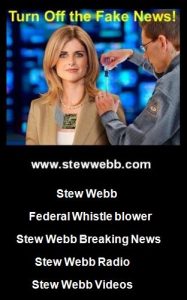
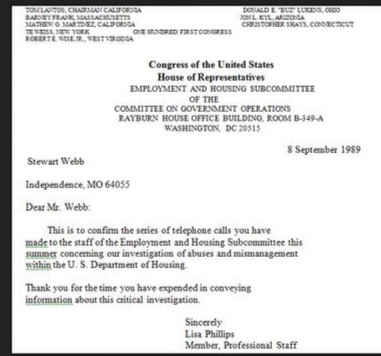
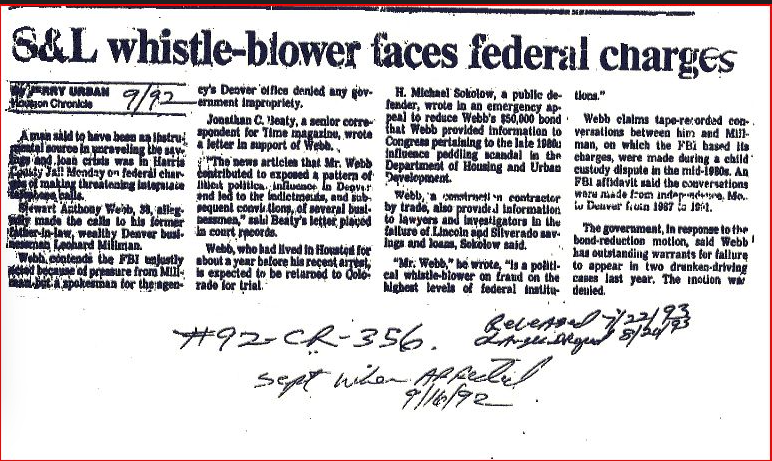
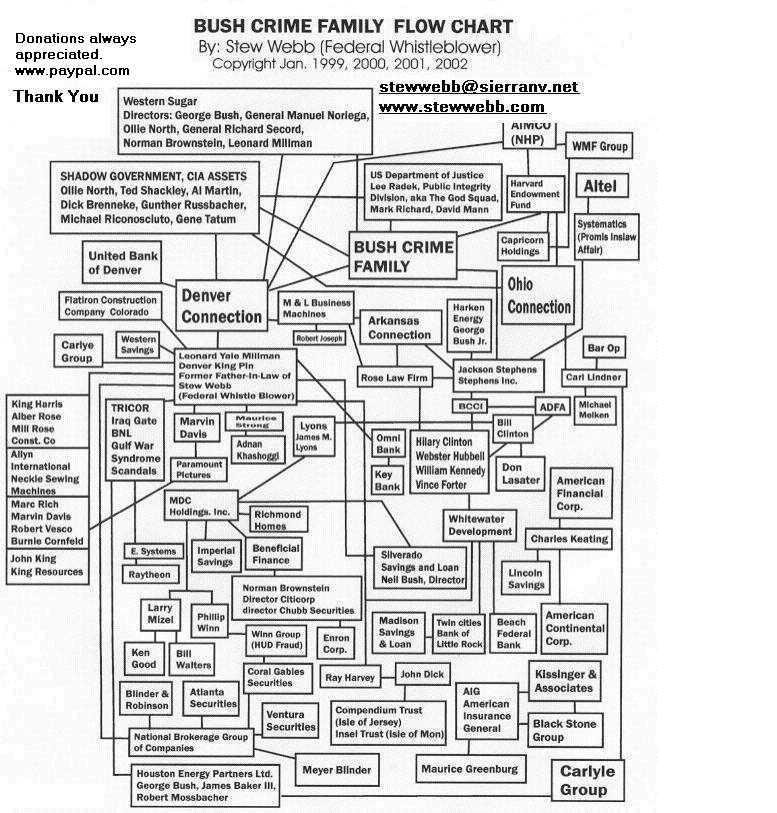




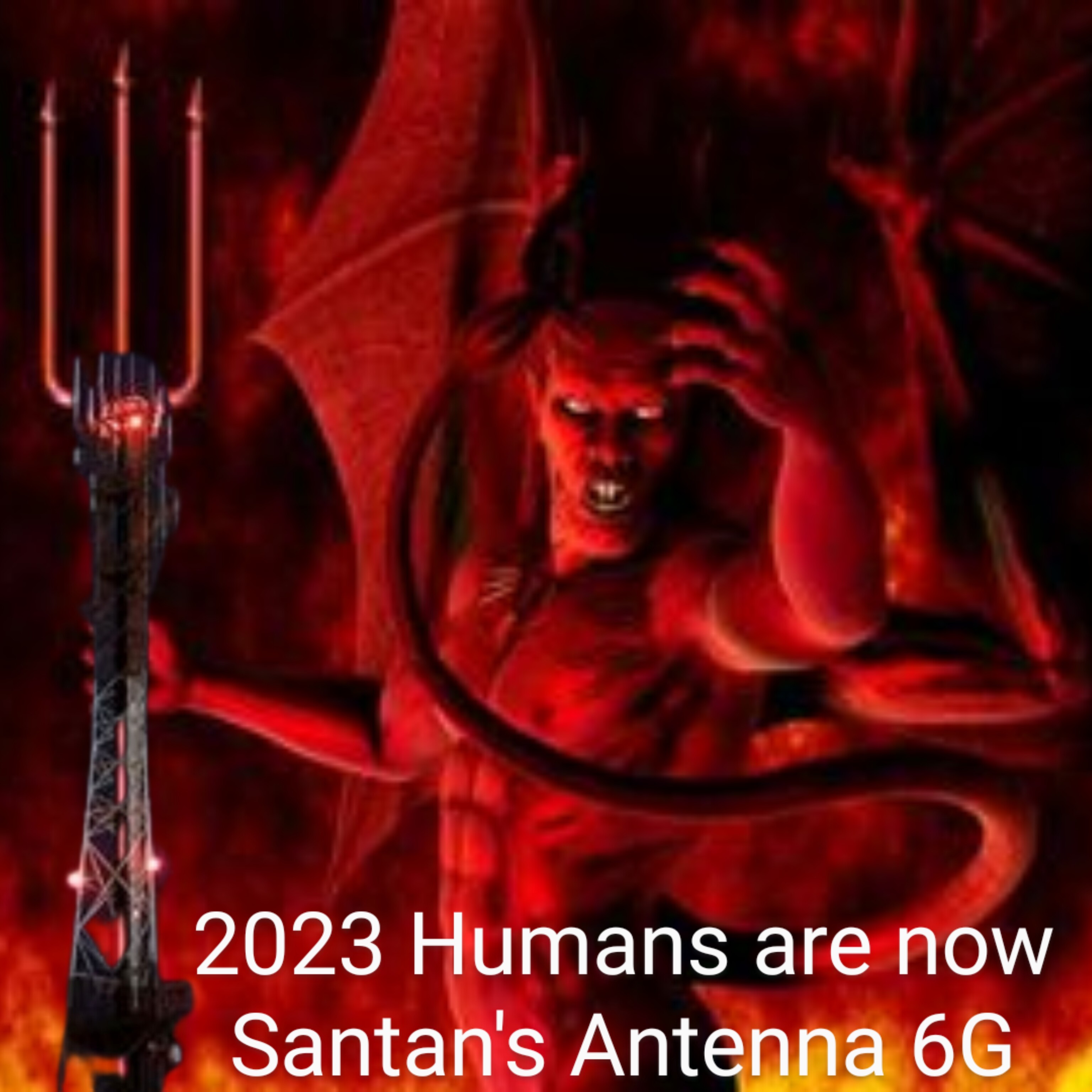
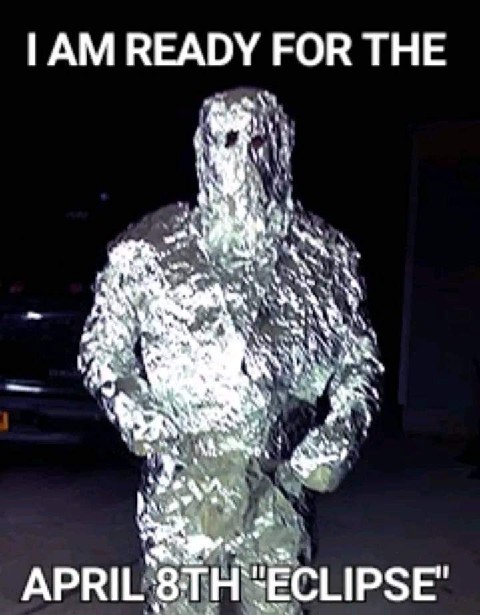
.jpg)
